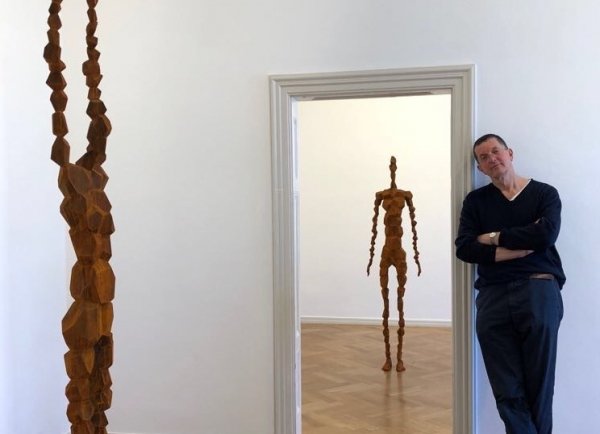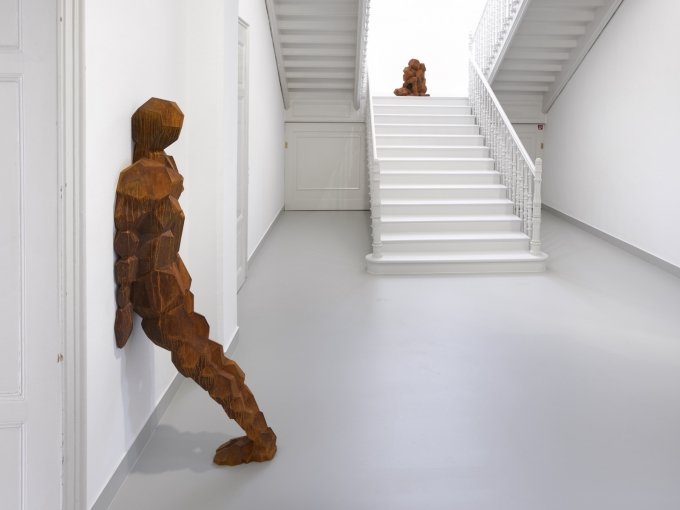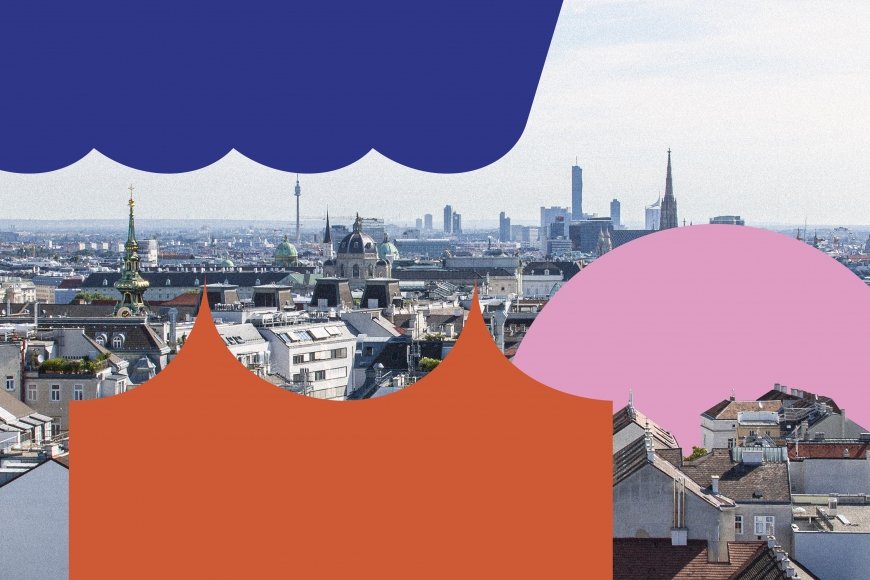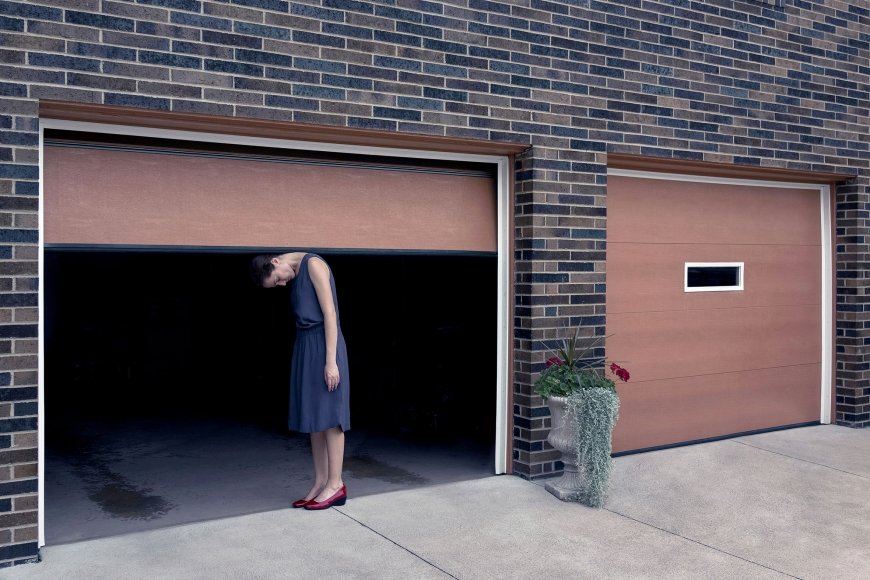Antony Gormley
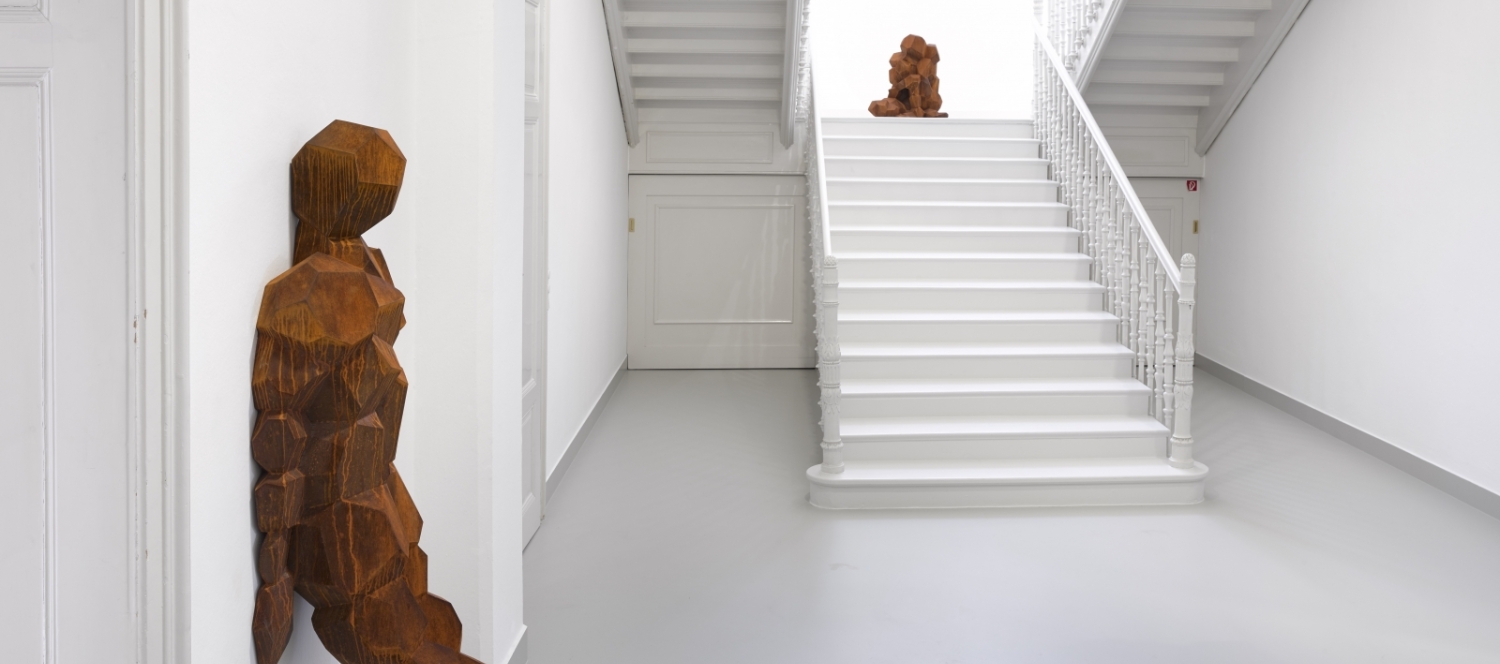
Anlässlich der Eröffnung seiner Ausstelllung Earth Body in der Galerie Thaddaeus Ropac war der britische Bildhauer Antony Gormley für ein paar Tage in Salzburg. PARNASS traf ihn in der Villa Kast zu einem Gespräch über Skulptur, Körper und Raum.
PARNASS: In 1979 you went to Arizona to visit the place where Walter de Maria created his chalk-drawings as the work of de Maria, Robert Smithson and Richard Serra had a great status for you. By throwing stones into the huge “empty” space of the desert you developed yourself an intervention which caused a deep intervention – a kind of rearrangement in the desert. Years later you put up bodies in the mountain landscape around Lech in the project Horizon Field (2010-2012) What is your idea of the dialog between body and space.
ANTONY GORMLEY: The whole idea of Re-Arranged Desert (1979) at that place meant most to me as a student and was in a way a bridge to these artists. My statement had to do with a direct action within an elemental landscape and to implicate the body in a direct way. The simple idea was to throw a hand sized stone, as far as I could, then use this distance as the radius. What is left was the register of an event of a human body in time on an inherited landscape that had been formed by natural or geological forces. And it is not a bad place to begin thinking about my project which is essentially to talk about the body as a space, rather than an object, to concentrate on the idea of a performative event and find ways of isolating that event in space at large.
You said you became a sculptor because you wanted to create space and to investigate the relationship of the human body to space. The three-piece work Land, Sea, Air, dated 1982 represents as you wrote an early attempt to reflect the body not only to a White Cube or an exhibition situation but within the world of real elements, like Air, Water and Land. You linked the body maintenance to the perception of the environment. What role does the environment play in the development of your sculptures?
Probably the most successful part of my works is, that this doesn´t need a gallery. In other words, it doesn´t need the framing of an either built environment or an intellectual frame. I say that, but I don´t suppose anybody actually saw the Re-Arranged Desert, or if they did they wouldn´t necessarily know what they were looking at. But I think for me the essential proposition of the work is it that piece. This placement is a very important concept for me. The capture of a lived moment, thinking about the body as a place of transformation. You could say the whole of this show could be related to that Re-Arranged Desert. Because what have we got? We´ve got consolidated bodies made out of concentrated pieces of earth – as iron is a concentrated earth material, that have been brought together in a matrix.
Obviously the biggest connection is with Ground (2015). The sleeping or lying figures in the exhibition are also congruent with the ground. Of course they have also another background and I am rather art-historical here. But I think maybe it is necessary because if you imagine works of the history of art, the “Mona Lisa” or even better the “Virgin of the Rocks” by Leonardo – what does he present to you? He presents you with a religious icon, but he always uses landscape in some senses – as the setting and as the background. And I want to say, actually we are earth above ground, we are a ground of ourselves. To take the ground as a kind of reference point is also a kind of register a lived moment.
Probably the most successful part of my works is, that this doesn´t need a gallery.
The series of polyhedral sculptures, which I began in 2008, replaces an anatomically described body with one made of tightly nested and sharp edged polygonal cells. But this sculptural language derives from natural structures: the polycrystalline aggregation of basalt or quartz and the bubble matrices in foams and bone. The fused polyhedrals are very similar to the rearrangement and constellation of the rocks in the desert. It is funny, until your question I didn´t really think about this but it is very similar. I think the reason that the show is called “Earth Body” is that I am trying to reassert our dependency on the material and on the environment.

Antony Gormley, Earth Body, Ausstellungsansicht, Galerie Thaddaeus Ropac, Villa Kast Salzburg, Foto: © Ulrich Ghezzi
With this exhibition, you postulate once more your primary challenge to identify the figurative sculpture as a place in which thoughts, sensations and emotions arise, rather than as an object of idealisation or representation. “Sculpture” you maintain has time and involves the beholder immediately as your figures are resting in itself and at are self-conscious in a way at the same time. They are a counterpart which denies a fast reception.
This is a question of autonomy versus the engagement of the beholder. I believe fundamentally in the beholders share. It is absolutely essential for me, because there is no idealisation no representation. We have consciousness, sculpture has silence and stillness, we have movement and freedom and will. The whole nature of sculpture is that it stays still and we move and we move in and around it. In that process something hopefully will arise. That feeling has partially to do with memory but also with space, as the sculpture cause a displacement of space at large.
The whole nature of sculpture is that it stays still and we move and we move in and around it.
So you immediately are implicated in a field and then if it works something happens. The history of western art history knows sculptures of idealised, sexualised, mythologised figures which tell narrative stories. We need these stories but now the stories have to come from us. The sculptures will be successful for me if the visitors make a new negotiation. Some will not work as a hook but others maybe will bring to mind things that have been hidden or ignored and this is the potential of sculpture.
Despite the baroque idea of a statue, which shape is in highest movements you postulated that the sculpture has to be a silent object. You see the movement not in the object but in the observer. Do you think that a ‘silent’ sculpture has more impact in times of overflowing digital pictures. Perceiving your sculptures you suddenly stop realising something happens between you and the sculpture.
Well I am really glad to hear that you think that this is what is happening because I think that this is the danger of our time. I would say, as a globalized and virtualised culture, dependent on digital communication that we are in a now special phase. The best parallel for this is to think of an airplane with its blinds down. You are in grave danger in a place that is not sustainable for life. And what we do is that we put on our headphones and watch digital transmitted films that are parables of our own life and I would like to say that this is a parable of our entire situation. We are in the beginning of the Anthropocene, never before humans had such a significant human impact on the Earth´s geology and ecosystems.
There are millions of migrants are displaced either by climate change or for political reasons The subject of this show is “Earth” and it is asking really big questions about the attachment or detachment that we feel with the earth. In a digital world we are in danger of ignoring our bodies. If we do that we are lost, because human nature is not detachable from nature – we are part of nature. I use and love technology, I don´t want to deny it or any of the fruits by using it as a tooling system and by using its intelligently. All of the work in this show has been developed through this digital technology. This is the irony of this whole thing, because at the same time here am I arguing and very aware of its dangers.

Antony Gormley, Earth Body, Ausstellungsansicht, Galerie Thaddaeus Ropac, Villa Kast Salzburg, Foto: © Ulrich Ghezzi
But this exhibition shows in a very impressive way that your primary challenge is identity. That the figurative sculpture has a place in which thoughts and sensations and emotions arise. They evoke a sort of introspection. You don´t create an idealisation of figure but a representation of figure.
Sculpture for me has more to do with being than doing. In other words, I am not interested in dramatic action, but in terms of how we register the engagement with the sculpture and its placements in the space that we occupy. Like we register for instance the presence of a tree or the presence of a rock or particular the presence of another person or particularly the presence of another person with whom we have a relationship. I think these things are very precious and we do ourselves no favours when we ignore the wider potential of consciousness and registration of life.
Your body of work includes sculptures which are dissolving. They are built up with the same components like the polyhedral sculptures but are in pieces or transparent.
I think I´ve always wanted the space to be my primary material. So either the space is activated through mess and therefore displaced or by capturing or activating it. So the reason why these sculptures are so challenging for me is that they show the spaces inside the sculpture and also around it. They are three dimensional drawings which implicate and enclose the whole room.

Antony Gormley, Earth Body, Ausstellungsansicht, Galerie Thaddaeus Ropac, Villa Kast Salzburg, Foto: © Ulrich Ghezzi
In your book you first talk about the impression of works by Landart Artist like Smithson, Walter de Maria that also shape your vision of sculpture and you also describe works like Brancusis, Endless Colum, Richard Serras huge work A matter of time in Bilbao and others which are important sculptures for you. But you also noticed that it was the Buddhism that led you to the idea of an abstract body – and not, and that is interesting the tradition of western art. The Buddhism brought you to the knowledge to think the body more from the Being and not from the Doing. And about the object as a reflexive instrument.
Completely essential. The studying of Buddhism and Buddhist sculptures was of great influence – not just Buddhism but maybe mainly. The mudras themselves they are a very simplified syntax of hand movements. They are a very different idea of body posture to ours and a significance gesture which I found very instructive. But I never wanted to copy it. The Buddhist and Hindus idea of the body. The Buddhist sculptures express in a way an inner breath. It is very beautiful because it is absolutely the opposite of the kind of the western obsession capturing the body through anatomy. They focus on the curvature of the surface But they deal also with the potential of the body and the potential of the mind as a vehicle of the body. Anyway I was very moved by that involvement. That you could use the body as a vehicle for expressing something in a sense that is abstract like Chi energy and I think it gave me a way of liberating the body.
The studying of Buddhism and Buddhist sculptures was of great influence – not just Buddhism but maybe mainly
Would you agree to do sum up that your sculptures are not about keeping the past but about the future?
I think maybe the two biggest revolutions in the art of sculpture is transferring the subject to the sculpture itself and the other is to liberate sculpture from the being a memorial monument. For so much of its history in the western art sculpture had to do with trying to make representative portraits. It was connected with memory as constant reminder of the past. Well I think now sculpture is about the future, hoping to provide the ground on which the future can be made and in that sense it becomes absolutely critical. I can´t detach my sculpture from the biggest single challenge that is facing human kind: how do we live sustainably, how do we live without our species ruining the thing on which we live. You know that is a really big job.

